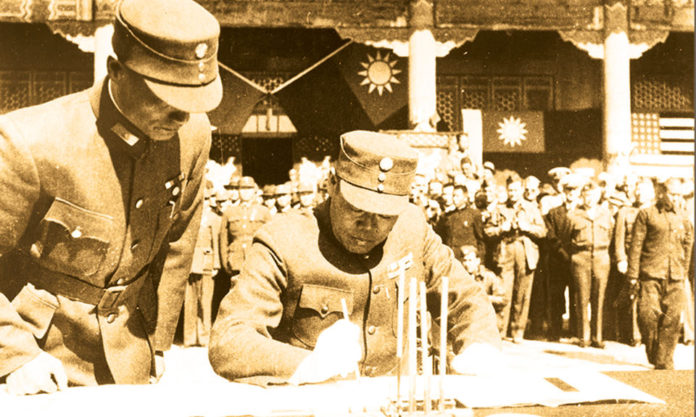You’re about to leave your hometown and move half way across the world to China. Your parents, somewhat reluctant to let you go, send you on your way with a farewell gift; a pistol and an umbrella.
Such were the circumstances in which 20-something Hedwig Marie “Hedda” Morrison left Germany in 1933 bound for Beijing, where she would live and work as a photographer for the following 13 years. With little knowledge of China, she took up a job in the Hartung Photo Shop, a reputable German photography studio in the heart of Beijing’s Legation Quarter. There she managed a team of 17 male Chinese photographers and served a clientele of mainly diplomats and foreign residents.
In 1938, her contract ended with Hartung, but she continued as a freelance photographer, avidly documenting daily life in the capital for audiences back home and travelling throughout China with her Rolleiflex twin-lens camera.
Photography at the time was not simply an artistic pursuit; it also required a certain level of practical dexterity. Using old car parts, Morrison’s friend fashioned her a makeshift flash, which sprayed magnesium powder onto burning Meta fuel to create a powerful burst of light, used to capture dark interiors. The dangers of such a contraption became apparent, however, while photographing some Ming frescoes outside of Beijing, when she managed to set herself alight.
Following an invite from the then German ambassador, Morrison travelled to Nanjing in 1944 to document the city on film. A mere 7 years after the Japanese had invaded and ransacked Nanjing, she remarked on the resilience of the city and its extraordinary ability to spring back.
In her book, “Travels of a Photographer in China”, she wrote, “Nanking has an ancient history, but few cities in the world have known so much destruction and pillage over the centuries… My time in Nanking was spent very pleasantly. Despite the city’s repeated devastation it was still a very beautiful place and one that had the aura of being steeped in history. It was easy to see why throughout the centuries it had been a major centre of Chinese culture”.
Apparently “more interested in art that politics”, the ambassador had tasked German scholar, Alfred Hoffmann, to make a book on the city, with Morrison’s photos to accompany. The book includes photos of the once barren landscape of Purple Mountain, of ladies dressed in qipao on Qixia Mountain and of the grand centre of Xinjiekou to name a few. Several images describe the bustle and colour of ordinary Nanjing street life; rows of hanging salted ducks, a shop selling rope and string, a woman having her eyebrows threaded.
Although not explicitly marked, many of these photos are currently on display in the Gallery of the Republican Period at the Nanjing Museum until mid September. An additional portion of around 10,000 negatives Morrison produced while living in China can be found in the spectacular online archive, “Historical Photographs of China”, from Bristol University.
Evidently, Morrison would never use the pistol or umbrella her parents gave her. She threw them off the liner on which she first travelled to China. But the gesture alludes to the courage required to pack up life and head for unfamiliar lands at that time. Through Morrison’s photos, audiences back home could examine China in a new level of detail, while for us today they remain an invaluable source of study and fascination.









